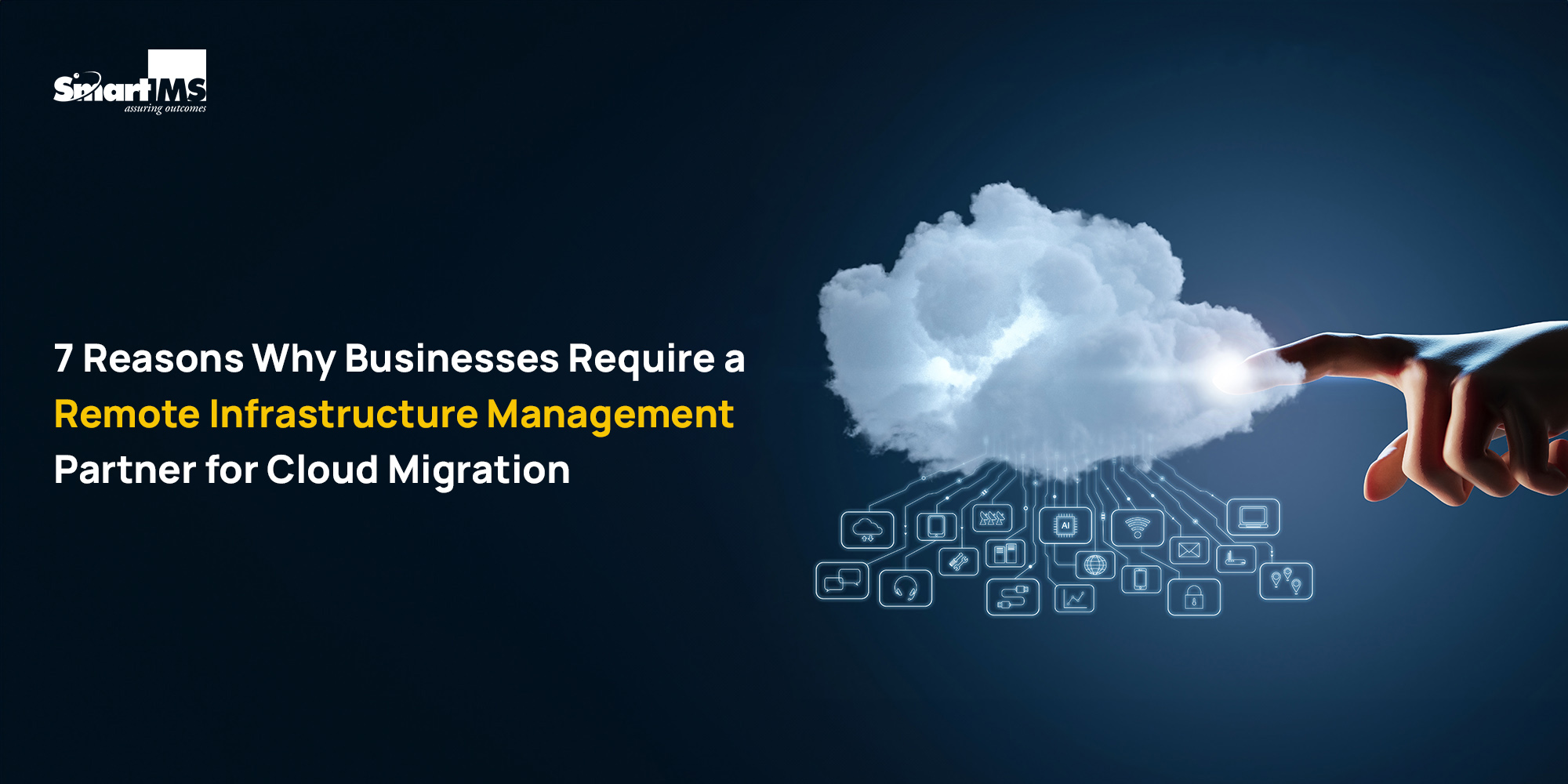2024 is here and Cloud Migration is as hot a talk of tech town as ever. With growing costs of maintaining legacy systems, lowered efficiencies due to manual workloads, businesses adopting cloud technology for a digital transformation has become a necessity. But what exactly is cloud migration, why is it important and how can you integrate such a process?
To answer these questions, let us first understand what cloud migration is and why it is important to adopt:
Cloud migration is the process of moving digital assets, such as data, applications, and IT processes, from an on-premises environment to a cloud infrastructure. A well-planned cloud migration strategy is essential to ensure a smooth and successful transition. This aids in reducing costs, increasing holistic business efficiency, enhancing resource management, and streamlining workflow.
Here are the key steps involved in a cloud migration strategy that you can implement:
- Assessment and Planning:
– Evaluate existing infrastructure, applications, and data to determine what can be moved to the cloud.
– Assess dependencies and interdependencies among various components.
– Develop a migration plan, including timelines, resource requirements, and risk assessments.
- Choose the Right Cloud Model:
– Decide on the appropriate cloud deployment model (public, private, hybrid) based on organizational needs, compliance requirements, and cost considerations.
- Data Migration:
– Plan and execute the migration of data to the cloud, considering factors such as data volume, transfer speed, and security.
– Use data migration tools and strategies to minimize downtime and data loss.
- Application Migration:
– Determine the migration approach for applications (rehost, refactor, rearchitect) based on business objectives and technical requirements.
– Test and validate applications in the cloud environment to ensure functionality and performance.
- Security and Compliance:
– Implement security measures to protect data and applications in the cloud.
– Ensure compliance with industry regulations and organizational policies.
- Optimization and Cost Management:
– Continuously monitor and optimize cloud resources to maximize efficiency and minimize costs.
– Implement cost management strategies to control cloud expenses.
- Training and Change Management:
– Train IT staff and end-users on the new cloud environment.
– Implement change management processes to address organizational and cultural shifts.
Another way one can implement cloud migration is by adding a Remote Infrastructure Management Partner to the team. These professional service providers offer the following:
- Expertise:
– RIM partners are often experts in cloud technologies, making them valuable resources for planning and executing migrations.
- 24/7 Monitoring and Support:
– RIM partners can provide around-the-clock monitoring of cloud infrastructure, ensuring proactive issue detection and resolution.
- Resource Scalability:
– RIM partners offer flexibility in resource allocation, allowing organizations to scale up or down based on changing needs.
- Security Management:
– RIM partners can assist in implementing and managing security measures to protect cloud environments.
- Cost Optimization:
– RIM partners help optimize costs by efficiently managing cloud resources and ensuring optimal performance.
- Performance Management:
– RIM partners can monitor and manage the performance of applications and infrastructure to ensure optimal user experience.
- Disaster Recovery and Business Continuity:
– RIM partners can assist in developing and implementing disaster recovery plans to ensure business continuity in the cloud.
In summary, a well-executed cloud migration strategy, coupled with the support of a Remote Infrastructure Management partner, can enhance the efficiency, security, and overall success of the migration process. The partnership enables organizations to leverage external expertise and resources, allowing them to focus on their core business activities while ensuring a smooth transition to the cloud.
Talk to our experts today to know more about how SMART IMS can help you visualize your Cloud strategy efficiently while optimizing costs.



